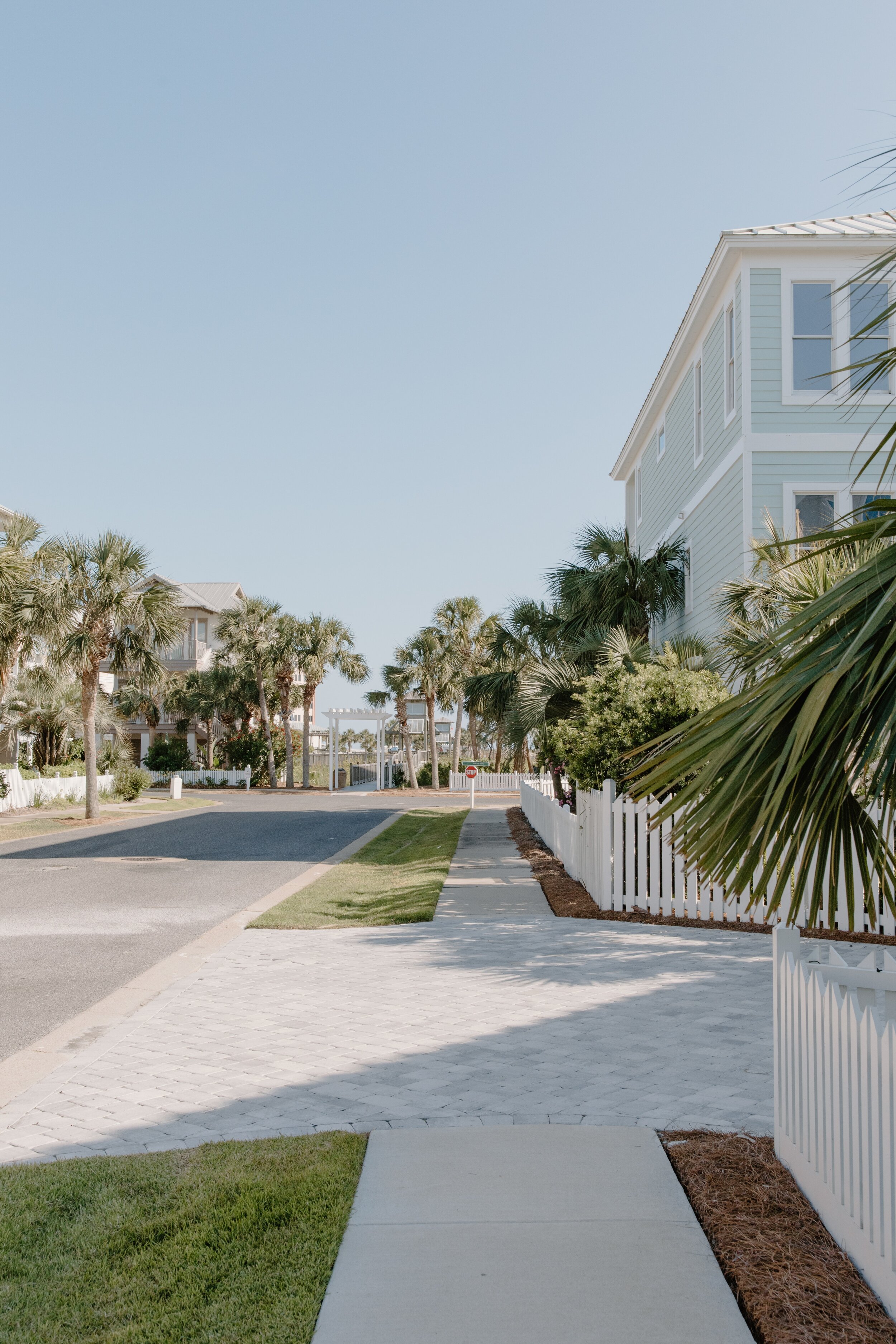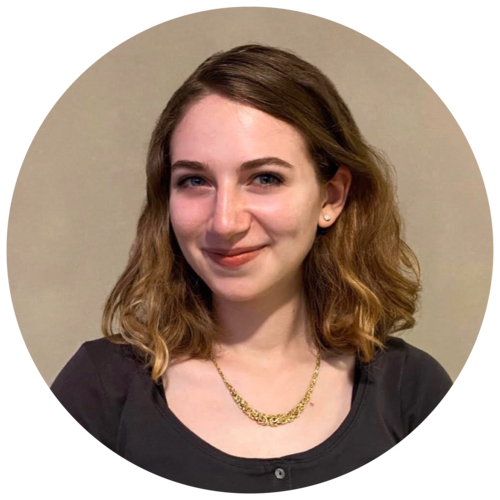By Elinor Oren, Live-Learn Fellow
The Florida Educational Facilities Planners' Association (FEFPA) Conference was a coming together of constituents in shaping the built environment as it’s broadly used for education. At the end of the day, “place” is the mesh in which our emotions and relationships unfold and develop. Just as the idea of “home” is easily rooted in a physical environment –a house, a room, a city– the ability to learn is most often rooted in a school. Contractors, educators, architects, students and a host of diverse stakeholders all contribute to constructing the academic environment.
Staying true to that notion, CADRE’s research group on UCSD’s new college dorms is similarly comprised of a host of diverse stakeholders: me, an undergrad who lives in the dorms, Lakshmi Chilikuri, my college provost, Thom Greving, the architect of my college, and Upali, the HKS director of research (among other industry and academic experts).
The first question we posed to the audience – “What does social resilience mean to you?”– emerged from the key overlap in our distinct aims: how the built environment can influence wellbeing. And as expected, we heard responses on the need for a strong familial unit, a safe environment, a connection to a community, and a sense of belonging. But, when your world suddenly expands as you enter college, the meaning of community complexifies.
UCSD students belong to nested scales of community from the broader San Diego region, to the narrower residential college, and narrower still, the floor students happen to be placed on. As Provost Lakshmi stated, universities are in the business of building social capital, or teaching students from different backgrounds how to navigate and build community within various layers.
Luckily, an inclusive college campus is a bubble where “place” can become the common denominator it can’t be in most public, urban spaces (and in the broader San Diego region). On campus, you can erase many discrepancies in the ways people experience place in the urban realm and, instead, construct a world in which all residents have pathways to health, well-being and a place to assert themselves.
But in order to design for the end users, you need to design with them.
The narrative thread of the project reflects the iterative, continuous intellectual “give and take” between architects, researchers, and end users that marks our intellectual partnership…
from the initial gathering of student opinions to determine preferred qualities of spaces,
to the architect’s response to the university RFP’s research requirement,
to the physical design’s multimodal, pedestrian friendly “main street” – one of many features intended to bring about the independence and incidental interactions prioritized by the university.
The desires, motivations, and intentions from all parties are upheld and honored, which undergirds the most evident success of this project: the seamless shift in ownership from the design team to the end users.
In short, the neighborhood’s users see the potential to make these buildings their own. College administration and facility planning see the buildings as a canvas to thread the college’s theme (Culture, Art, Technology) into the lived experience through sound art and coursework. Neuroscience professors are exploring ways to use the college as a laboratory for assessing human behavior. And on a student level, both the impromptu student-hosted concerts and window social signaling show how residents felt agency to create the sense of community they desired (by exploiting the building’s features). This is one of the rare occasions where post-occupancy data is collected to actually confirm the intentions behind and efficacy of design decisions.
CADRE functions as the central axle that unites public and private spokes in the goal of “democratizing” evidence-based design decisions and upending silo thinking. The successes of our partnership speak to our ability to make better decisions together.
And as a CADRE fellow, I’m working across HKS, bringing in UCSD partners, and collaborating with The Academy for Neuroscience for Architecture (ANFA) to tap into additional intellectual expertise and build our coalition’s abilities. We hope you join us too!






